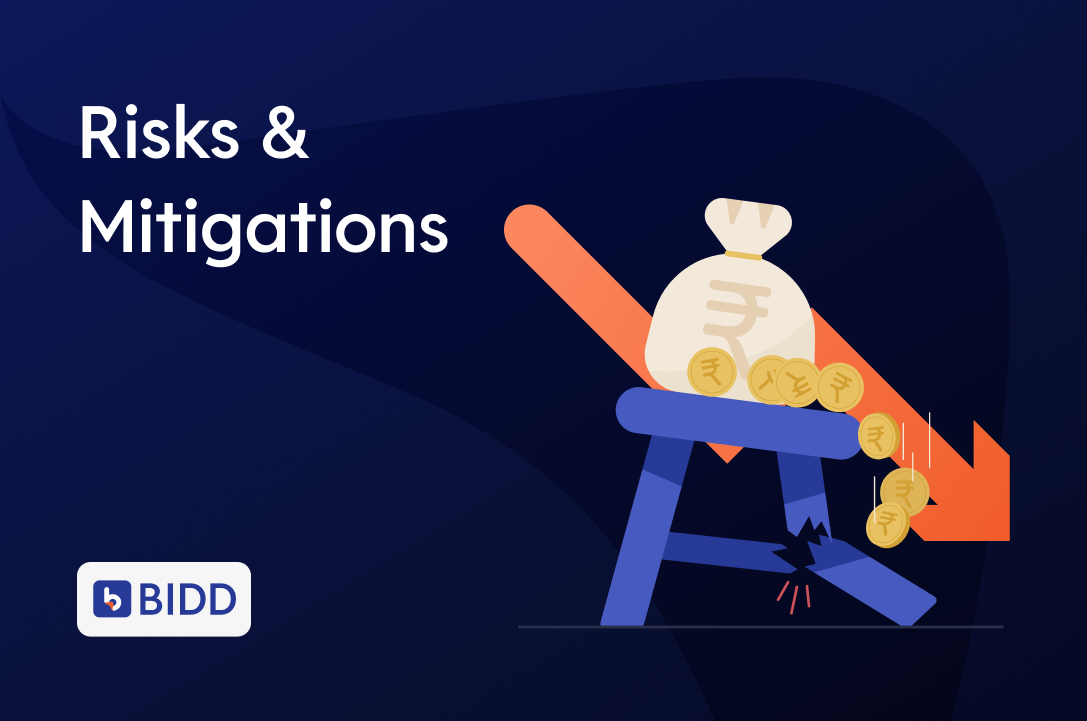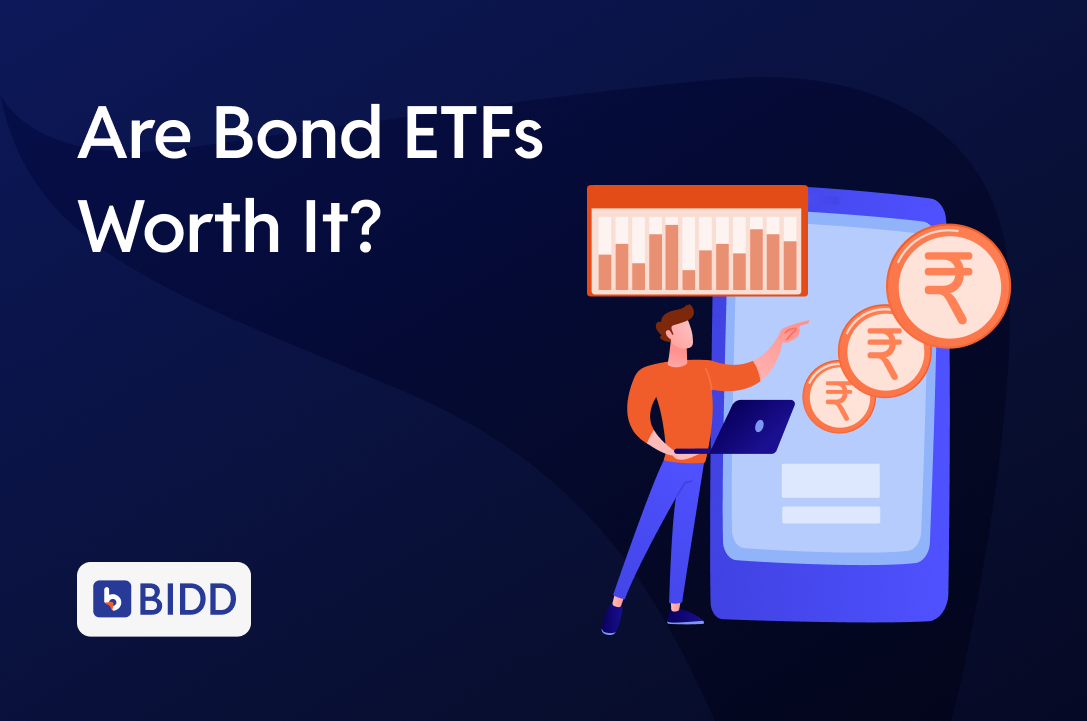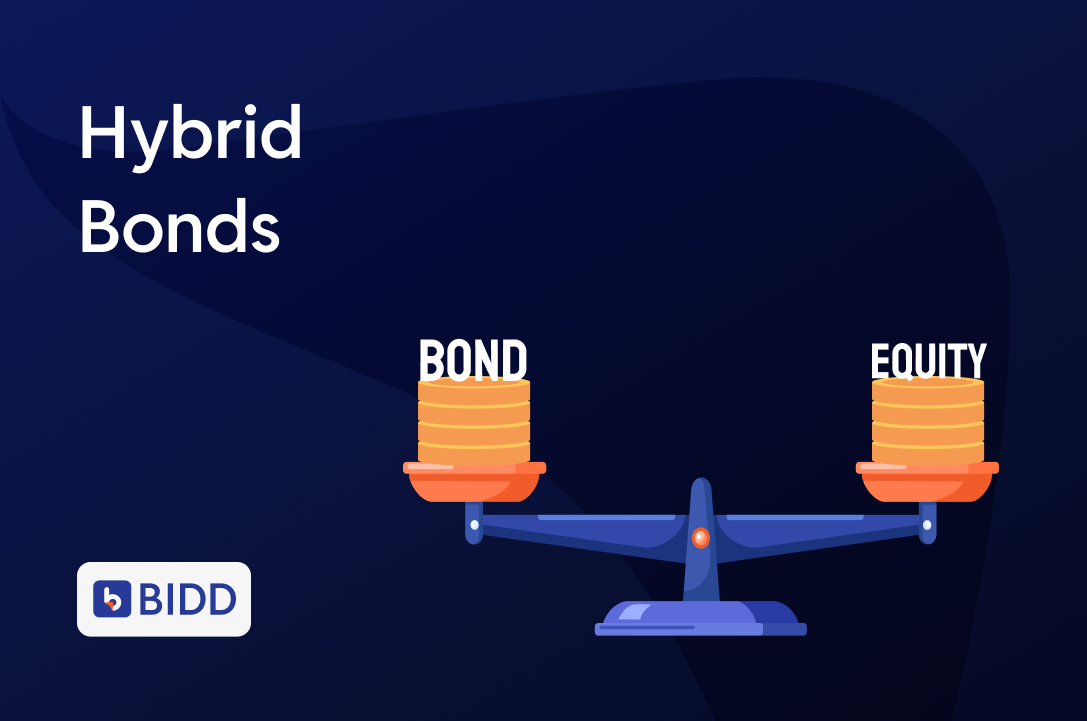Risks & Mitigations: How to protect your bond investments when things go wrong
Let’s Start with a Quick Question
You’ve invested in a bond.
The coupon is high. The term sheet looks solid. Interest is flowing in.
But suddenly…
What if the payments stop?
What if the company defaults?
It’s a scary thought — but a real one. And smart investors don’t ignore it — they plan for it.
The good news?
Not all is lost. You can understand the risks and take proactive steps to reduce them.
Let’s break down the five major risks in bond investing — and how to protect yourself like a pro.
1. Default Risk: What If They Can’t Pay?
This is the biggest risk.
It means the issuer may not pay your interest or principal — on time or at all.
Why it happens:
- Financial trouble
- Poor business performance
- Weak governance
What you can do:
- Prefer issuers with strong credit ratings (A or higher)
- Choose secured bonds backed by assets
- Review the debt-to-equity ratio and repayment history
- Invest in companies with transparent, experienced promoters
Pro Tip:
A downgrade in credit rating is often the first warning sign. Don’t ignore it.
2. Interest Rate Risk: What If Rates Rise?
You buy a bond offering 8%.
Later, new bonds offer 9%.
Now your bond is less attractive — and its market value drops.
This only affects you if you plan to sell before maturity.
What you can do:
- Hold the bond till maturity to receive full returns
- Use short-duration bonds in rising interest rate environments
- Mix fixed-rate and floating-rate bonds for balance
3. Liquidity Risk: What If You Want to Exit?
Some bonds are easy to sell. Others aren’t.
Liquidity risk means you may not find a buyer when you want to exit.
What you can do:
- Buy bonds listed on exchanges or trusted platforms like Bidd
- Check the trading volume (especially for secondary market purchases)
- Stick to larger, well-known issuers with high demand
Rule of thumb:
If the issuer is unfamiliar or unlisted, expect low liquidity.
4. Reinvestment Risk: What If You Can’t Reinvest at the Same Rate?
You receive regular interest (coupon) payments.
But when you try to reinvest them, rates have dropped — so your new returns are lower.
What you can do:
- Choose zero-coupon bonds if you don’t need periodic payouts
- Use a ladder strategy — stagger maturities to spread reinvestment timing
- Consider cumulative bonds that pay at maturity
5. Credit Rating Risk: What If the Issuer Gets Downgraded?
A drop in credit rating signals rising risk. It can reduce market value and create panic.
What you can do:
- Monitor credit ratings from CRISIL, ICRA, and CARE regularly
- Exit if there are repeated or significant downgrades — especially with unsecured bonds
- Don’t rely on ratings alone — always do your own review
Let’s See This in Action
Bond A
- Coupon: 9.5%
- Credit Rating: AA
- Secured
- Listed on an exchange
- Issuer backed by a reputed NBFC
Bond B
- Coupon: 12%
- Credit Rating: BBB
- Unsecured
- Illiquid and unlisted
- Issuer is a lesser-known startup
Which one is riskier?
Clearly — Bond B. The returns may look appealing, but risk exposure is much higher.
Why Should You Care?
Because bond investing isn’t just about chasing the highest coupon.
Understanding the risks helps you:
- Invest with confidence
- Avoid surprises
- Sleep better at night
Quick Recap: The Risk Checklist
| Risk Type | What It Means | How to Reduce It |
| Default Risk | Issuer may not pay interest/principal | Choose secured, well-rated, known issuers |
| Interest Rate Risk | Bond price drops if rates rise | Hold till maturity, use shorter tenors |
| Liquidity Risk | Difficult to sell before maturity | Stick to listed/traded bonds on trusted platforms |
| Reinvestment Risk | Can’t reinvest at same rate | Use zero-coupon/cumulative bonds, ladder maturities |
| Credit Rating Risk | Downgrade leads to panic and price drop | Monitor ratings, don’t rely solely on them |
Final Thoughts
Bonds may seem calm and predictable — but they carry real risks, just like any other investment.
The answer isn’t to avoid them.
It’s to invest with your eyes open.
So the next time you see a high coupon rate, ask:
- What are the risks here?
- How can I reduce them?
- Am I protected if things go wrong?
And with a platform like Bidd, the heavy lifting is done for you —
Credit ratings, security details, issuer strength, and more — all in one place.
Because in bonds, the real question isn’t just:
“How much can I earn?”
It’s also:
“What if they don’t pay?”
And smart investors always have the answer ready.




